Very discourageed about my woodland gardening.......
flowersandthings
19 years ago
Related Stories
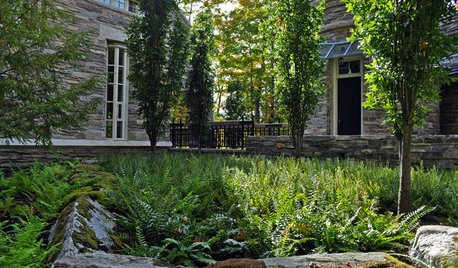
GARDENING GUIDESGreat Design Plant: Woodland Garden Beauty Polystichum Acrostichoides
Eastern U.S. native Christmas fern is a living decoration in the winter woodland garden
Full Story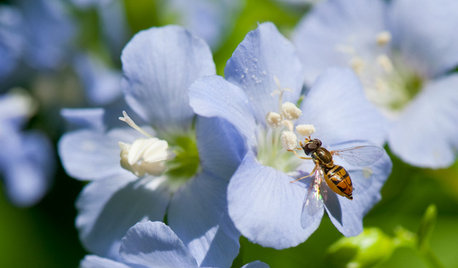
GARDENING GUIDESGreat Design Plant: Polemonium Reptans Paints Woodlands Blue in Spring
Plant Jacob’s ladder in eastern U.S. woodland gardens for its bright blue flowers and delicate foliage
Full Story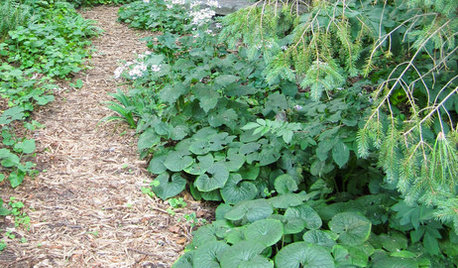
GROUND COVERSAsarum Canadense Adds Masses of Green to Woodland Gardens
Plant Canadian wild ginger in the eastern U.S. for a shade-loving native ground cover with spring flowers
Full Story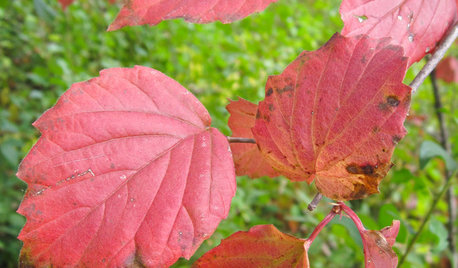
GARDENING GUIDESGreat Design Plant: Viburnum Rafinesquianum Colors the Fall Woodland
Plant downy arrowwood in eastern and midwestern U.S. gardens for spring color in the shade and bright red fall foliage
Full Story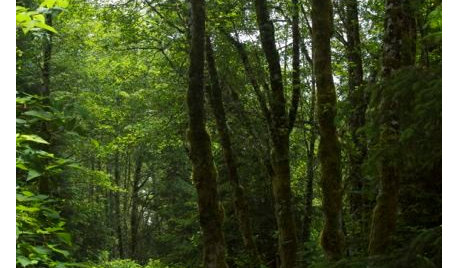
LANDSCAPE DESIGNLet Nature Inspire Your Landscape: Ideas for a Woodland Garden
Fill your senses with the magic of a wild forest-inspired garden — from shady understory plants to towering treetops
Full Story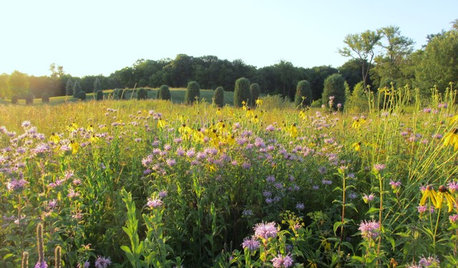
GARDENING GUIDESWhat Prairies Teach Us About Garden Design
Wild spaces offer lessons for home gardeners about plants, pollinators and the passage of time
Full Story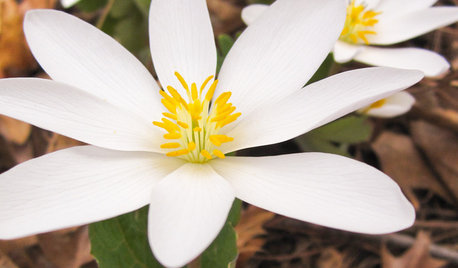
Great Design Plant: Sanguinaria Canadensis Lights the Spring Woodland
Bloodroot’s large, showy white flowers and attractive foliage brighten eastern woodland gardens in early spring
Full Story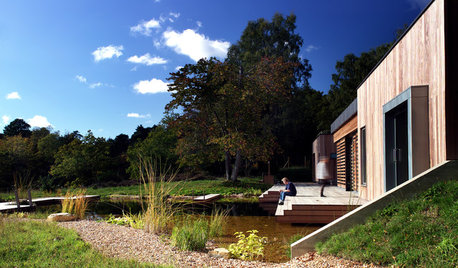
MODERN HOMESHouzz Tour: Nature and Efficiency Inspire a Woodland Home
This English design plays up simplicity, natural light and its spectacular forest setting
Full Story
FUN HOUZZHouzz Call: Tell Us About Your Dream House
Let your home fantasy loose — the sky's the limit, and we want to hear all about it
Full Story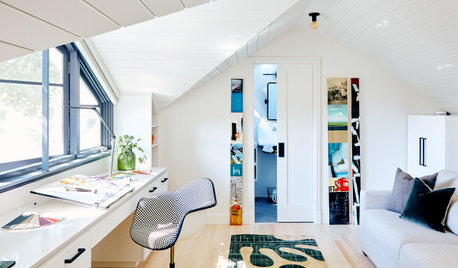
WORKING WITH PROSWhat to Know About Concept Design to Get the Landscape You Want
Learn how landscape architects approach the first phase of design — and how to offer feedback for a better result
Full Story






ahughes798
autumnmoon
Related Professionals
Otsego Landscape Architects & Landscape Designers · Waterbury Landscape Contractors · Ellicott City Landscape Contractors · Elmhurst Landscape Contractors · Fort Payne Landscape Contractors · La Mirada Landscape Contractors · Laguna Hills Landscape Contractors · Lakewood Landscape Contractors · Mission Bend Landscape Contractors · Seminole Landscape Contractors · South Lake Tahoe Landscape Contractors · Beaverton Fence Contractors · Salida Fence Contractors · Westmont Fence Contractors · Johns Creek Siding & Exteriorsarcy_gw
Greenmanplants
Alison_PA
flowersandthingsOriginal Author
ginger_nh
flowersandthingsOriginal Author
Woody_Canada
flowersandthingsOriginal Author
Woody_Canada
arcy_gw
waplummer
flowersandthingsOriginal Author
arcy_gw
Flowerkitty
Flowerkitty
joepyeweed
ginger_nh
NOTHO__NANTUCKET
Barbaraga
kwoods
Barbaraga
well_drained
ginger_nh
plantsnobin
knottyceltic
ahughes798
knottyceltic
Hooti
ahughes798
well_drained
aspringer
kendal
creatrixld
Lauren Clear
Linda Eastman
jemstones
MarcR